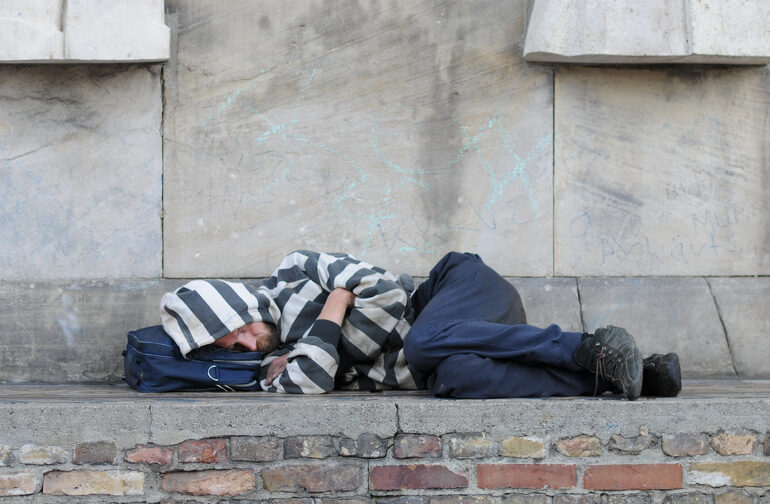Analysis of data in an online carbon calculator tool shows that on average residents in the affluent ward of Didsbury West produced an estimated 30 times more carbon emissions due to aviation in 2018 than residents of Ardwick, a ward that records high levels of deprivation.
The Place Based Carbon Calculator (PBCC), developed by the Centre for Research into Energy Demand Solutions in collaboration with the University of Manchester, estimates the carbon footprint per person for each Lower Super Output Area (LSOA) in England. For example there are 10 LSOA’s in the Didsbury West ward and there are nine in the Ardwick ward.
The PBCC online interactive map allows you to look at the LSOA where you live and look at the estimated carbon footprint, per person, estimated in a number of different areas including, transport by car, heating with gas and electricity, and also emissions due to aviation. As aviation emissions are the area where most people can make the biggest reduction in their carbon footprint, by reducing the air miles they travel, The Meteor calculated an average figure for carbon emissions for each person in a Manchester ward, based on the carbon emission estimate per capita figures provided for each LSOA in that ward, in the PBCC data.
The ward with the highest average flight emissions per person was Didsbury West, with an average of 2650 kg CO2e per person. The lowest flight emissions per person were recorded by Ardwick, with a value of 88 kg of kg CO2e. This gives a 30 fold difference between the two wards in flight emissions.
The PBCC uses kilograms of carbon dioxide equivalent (kg CO2e) as the measure of a person’s carbon footprint, as this bundles all greenhouses gases produced by a particular activity into one figure. In the case of the aviation figures the kg CO2e figure includes the effect of radiative forcing, which includes contributions from nitrous oxides and ozone produced by planes flying at high altitude. The PBCC states: “This increased the carbon footprint of flying significantly but we believe is more representative of the true impact of flying.”
Ward map for Manchester. Source. Manchester city council
The English indices of deprivation, last published by the ONS in 2019, provides an Index of Multiple Deprivation (IMD) score for each LSOA in England, with 1 awarded to those areas experiencing the most deprivation, and 10 given to those areas experiencing the least deprivation.
In Ardwick seven LSOA’s score 1 IMD, and the average IMD is 1.8 for the nine LSOA’s in the ward. Didsbury West has one LSOA scoring 8 on the IMD scale and the average IMD is 6.2 for the ten LSOA’s in the ward.

A Department of Transport survey showed that 10% of the most frequent fliers in the UK took more than half of all international flights in 2018. The aviation industry accounted for 7% of the UK’s total greenhouse gas emissions in 2017, and is predicted to be the single biggest source of greenhouse gas emissions in the UK by 2050.
A problem with the Paris Agreement to limit climate change to either 1.5 or 2 degrees centigrade is that it does not explicitly address international aviation emissions. At the Cop26 summit Britain is asking other countries to join up to a “International Aviation Climate Ambition Coalition”, which will encourage the aviation agency of the United Nations to adopt a long-term target to reduce international flights emissions.
Kevin Anderson is the professor of energy and climate change at the University of Manchester and the Tyndall Centre, who in 2004 decided to give up flying due to the aviations devastating and growing effects on climate change. Anderson has previously stated:
“Virtually every nation is seeking to expand its airport capacity to facilitate yet more flying by its wealthier citizens…
“To meet the Paris 1.5 and 2°C commitments we must hold emissions within a range of carbon budgets. Regardless of the nuances in the science, the remaining budgets are very small and rapidly dwindling.
“Within a highly constrained budget, when we decide to fly someone else has to reduce their emissions to compensate for ours. Given that the wealthy in society are the principal drivers of increased aviation, it is poorer communities who are essentially forced to pay this compensation.”
To find out more about the methods used in the PBCC – click here and here.
The Meteor is a media co-operative on a mission to democratise the media in Manchester. To find out more – click here.
Sign up to The Meteor mailing list – click here.
Featured image: PBCC


Leave a Reply